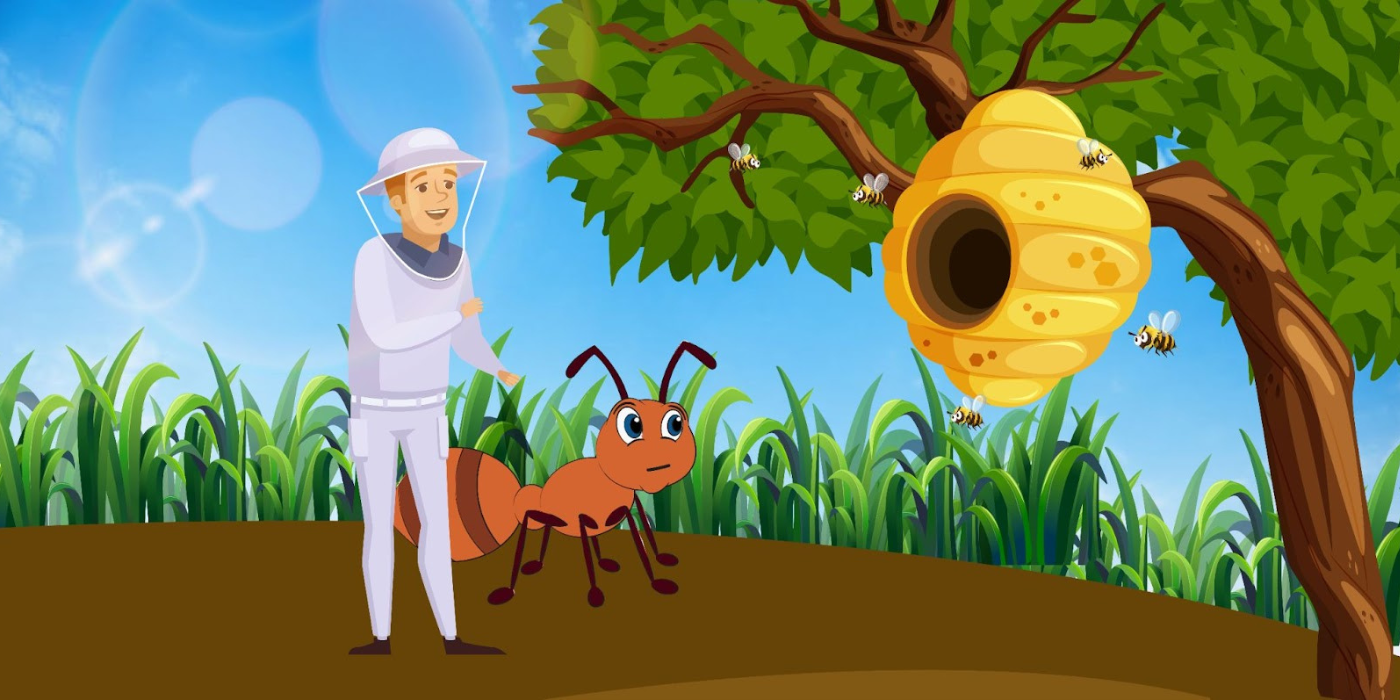Call (803) 754-7577

How to Control Ants and Protect Your Beehives
Ants can be a nuisance for beekeepers as they are naturally attracted to the sweet treats found within beehives. When ants infest a beehive, they can cause various problems, leading to a loss of bees and honey. However, there are natural and simple methods beekeepers can use to control ants and protect their hives. In this blog, we will explore effective techniques to repel ants from beehives, ensuring the safety and productivity of your precious colonies.
Understanding the Threat
Ants & Hives
Ants are relentless when it comes to seeking out food sources, and a beehive's sweet honey and treats make it an irresistible target. If ants successfully infiltrate a beehive, they may establish their colony and even lay eggs, leading to distress among the resident bees. Eventually, the bees may abscond, abandoning the hive and causing significant losses to the beekeeper.
Prevention is Key
Creating an Oil Moat
One effective method to keep ants at bay is to create an oil moat around the legs of the hive stand. To implement this technique, place the beehive on a stand with legs and then position each leg in a container, such as a large can or bucket. The container should be spacious enough to allow the leg to fit inside without touching the sides.
Next, fill the container with food-grade oil. The oil acts as a barrier that ants cannot cross, preventing them from reaching the hive. The advantage of using food-grade oil is that it will not contaminate the soil, even if it overflows during rain. Remember to monitor the oil level regularly and refill it as necessary to maintain an effective barrier.
Utilizing Masking Tape as a Defense
An alternative to the oil moat method is using masking tape around the legs of the hive stand. When wrapping the tape, ensure that the sticky side faces outward. As ants attempt to climb up the legs, they will encounter the sticky surface, causing them to turn away. Over time, you might find insects stuck to the tape or debris accumulating, reducing its effectiveness. In such cases, it is crucial to replace the tape promptly.
Harnessing the Power of Cinnamon and Diatomaceous Earth
Cinnamon is well-known for its pleasant aroma, but ants despise its scent. Sprinkling cinnamon on the ground around the hive creates a natural barrier that discourages ants from approaching. Additionally, cinnamon can be sprinkled on the inner cover of the hive to further deter ant intruders.
Diatomaceous earth is another excellent natural remedy for ant control. This fine, powdery substance consists of fossilized remains of diatoms and is harmless to bees. However, it is lethal to ants and other crawling insects. When ants come into contact with diatomaceous earth, it damages their exoskeleton, leading to dehydration and eventual death. Sprinkle a thin layer of diatomaceous earth around the hive to keep ants away.
Maintaining Hive Cleanliness
Cleanliness is vital in preventing ant infestations. Regularly inspect and clean your hive to remove any honey spills, crumbs, or debris that could attract ants. Be diligent in maintaining a tidy beekeeping area to reduce the likelihood of ants establishing a presence.
As a beekeeper, protecting your hives from ants is crucial to ensure the well-being and productivity of your colonies. By implementing natural and simple controlling mechanisms such as creating an oil moat, using masking tape, and employing cinnamon and diatomaceous earth, you can effectively repel ants and safeguard your beehives. Remember that prevention is key, so maintain a clean and organized beekeeping environment to discourage ants from seeking out the sweet treasures within your hives. With these proactive measures, you can enjoy thriving bee colonies and a bountiful honey harvest. Happy beekeeping!


Leave a comment